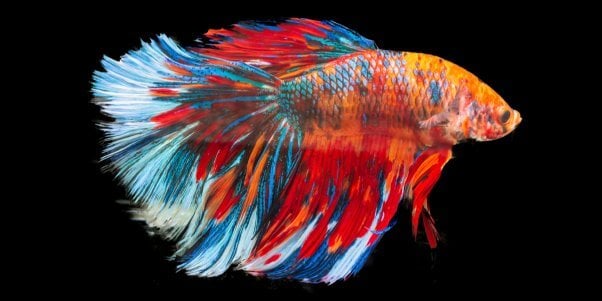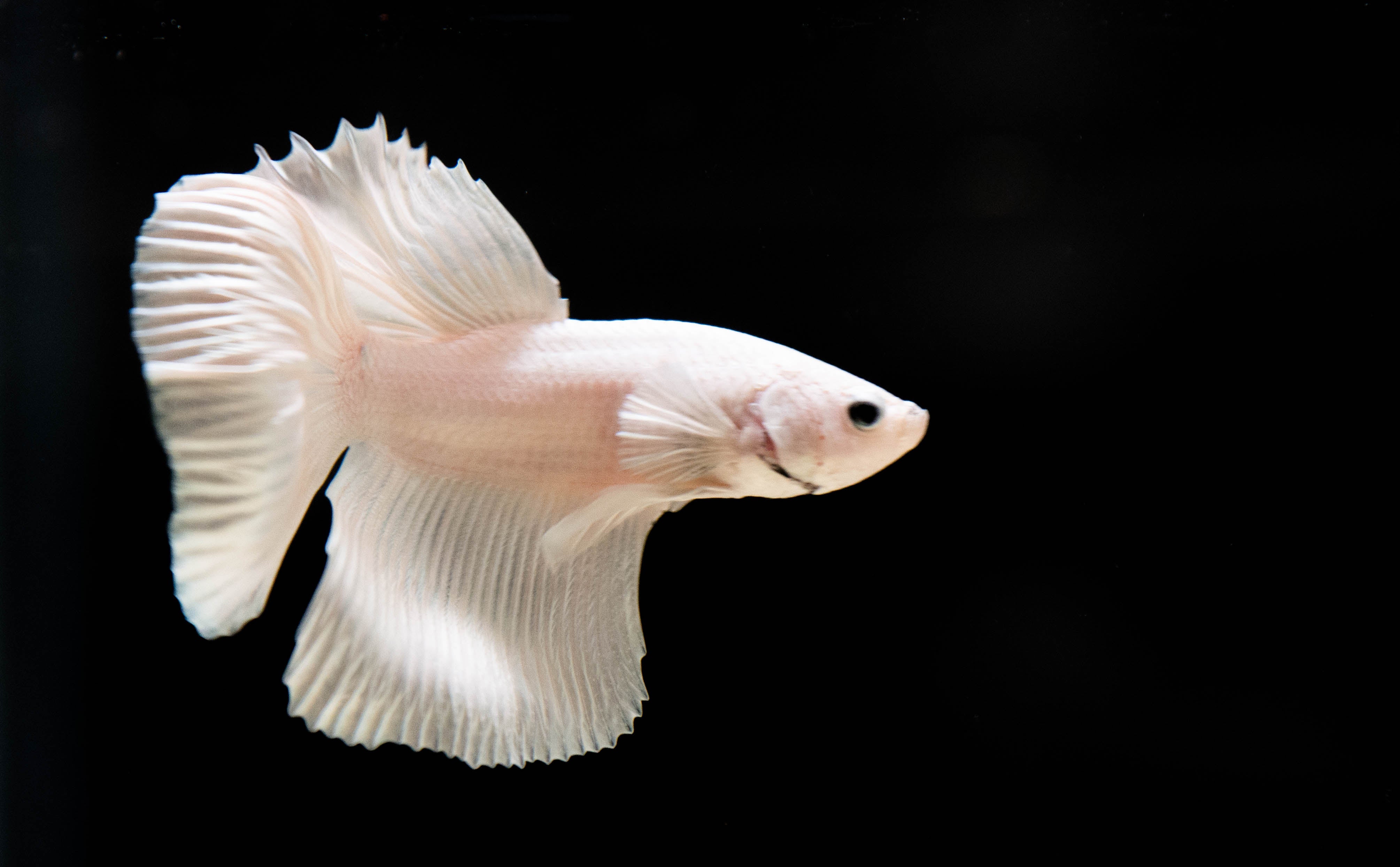How to Select the Right Betta Fish for Your Fish tank
How to Select the Right Betta Fish for Your Fish tank
Blog Article
Breeding Betta Fish: a Comprehensive Step-By-Step Guide to Efficiently Raising Child Bettas From Eggs to Their Adult Years
Breeding Betta fish is a meticulous venture that requires mindful preparation and execution to ensure the successful development of fry from eggs to develop fish. Selecting genetically varied breeding couple with preferable characteristics is just the start; producing an optimal setting and understanding the details of the reproducing process are just as essential. As the male Betta faithfully constructs a bubble nest and guards the priceless eggs, the subsequent phases of care and shift demand focus to information and understanding of best techniques. Just how does one browse the tough yet fulfilling path of supporting these dynamic animals to the adult years?

Selecting Breeding Pairs
When beginning on the journey of reproducing Betta fish, choosing the ideal breeding sets is important to attaining desirable traits and a healthy family tree - betta fish. The initial action in this process is to recognize the specific qualities you desire to boost or protect, such as shade, fin kind, and physique. It is necessary to pick genetically varied pairs to prevent inbreeding, which can lead to health concerns and unfavorable characteristics
Evaluate potential breeding candidates meticulously. A healthy male Betta ought to display lively shades, an energetic behavior, and well-formed fins, while the woman needs to also present vivid pigmentation and a rounded belly, suggesting preparedness for spawning. Observing the personality of both fish is important, as aggressive or excessively shy individuals might not breed efficiently.
Maintaining documents of the parent fish's ancestry can assist you track hereditary attributes and prospective concerns. Inevitably, investing time in the option process will substantially boost the probability of producing strong, vivid offspring that satisfy your breeding goals.

Preparing the Reproduction Tank
Developing an optimal reproduction environment is a key action after selecting appropriate sets for Betta fish. The reproduction storage tank ought to be especially created to offer convenience and promote the natural breeding actions of the fish. Start with a tank size of a minimum of 10 gallons to guarantee sufficient area for both the man and women Bettas.
Keep a gentle filtering system to keep the water clean while avoiding solid currents that can emphasize the fish. Additionally, an air rock can be contributed to supply oxygenation without interfering with the water surface area excessive.
Temperature level law is vital; go for a stable variety of 78-82 ° F(25-28 ° C) utilizing a trustworthy heater. The pH level should be preserved in between 6.5 and 7.5, and regular water modifications are necessary to make certain high water top quality.
Include floating plants or generating sponges to develop concealing places for the woman, while additionally motivating bubble nest building by the man - betta fish. Guarantee the container is complimentary from sharp designs and any type of prospective risks, as the well-being of the fish need to always be prioritized throughout this essential phase of reproduction.
The Breeding Refine
Typically, the breeding process for Betta fish involves a series of unique and observable behaviors that show readiness for recreation. The male Betta begins by building a bubble nest at the water's surface area, which offers as a site for the fed eggs. This nest is important, as it supplies a secure atmosphere for the eggs up until they hatch.
As soon as the nest is established, the man will certainly present courtship actions, such as flaring his fins and showing lively colors to attract the lady. The woman, upon noticing the male's readiness, will certainly react by displaying vertical More about the author red stripes along her body, indicating her receptiveness.
When the female approaches, the male participates in a breeding dancing, frequently causing an embrace understood as go to this web-site the "spawning." During this welcome, the woman releases her eggs, which the male feeds immediately. The fed eggs then are up to the bubble nest, where the male meticulously accumulates and returns them to the nest. Following this, the male presumes responsibility for securing the nest and making certain the security of the eggs until they hatch out, usually within 24-36 hours. This stage is important in the breeding procedure, laying the foundation for successful fry advancement.
Caring for Betta Fry
Looking after Betta fry needs careful focus to their environment and nourishment to ensure healthy and balanced development and advancement. After hatching out, Betta fry are extremely tiny and prone, demanding a stable and tidy environment. Maintaining a water temperature in between 78 ° F and 80 ° F is critical, as Betta fry grow in cozy problems. Additionally, make sure that the water is cost-free of dangerous contaminants; routine water changes of 10-20% are advised to keep optimal water high quality.
Feeding Betta fry is similarly vital. Feed them tiny amounts a number of times a day, being mindful not to overfeed, which can lead to water high quality problems.
Transitioning to Adult Bettas
As Betta fry fully grown, transitioning them to adult Bettas is a critical stage that needs cautious management of their atmosphere and social communications. This process generally begins when the fry reach around six weeks of age, whereupon they can be gradually introduced to an extra organized living environment.
To promote this transition, it is necessary to make certain that the water parameters-- such as temperature level, pH, and ammonia degrees-- are optimal and secure. Adult Betta fish prosper in cozy water (around 78-80 ° F) with a pH of 6.5 to 7.5. Progressively accommodate the fry visit the site to these problems to decrease tension.
Social interactions are an additional key element; male Bettas are notoriously territorial and aggressive. It is a good idea to separate males right into specific storage tanks as they develop. Female Bettas can be housed together, but care must be taken to keep track of for indicators of hostility.
In addition, dietary adjustments need to be made as the fry expand. Include top notch pellets and live foods to sustain their growth and wellness. By handling these variables properly, you can promote an effective change to the adult years for your Betta fish.

Conclusion
Successful reproduction of Betta fish calls for careful focus to information throughout the whole procedure, from choosing genetically varied sets to offering optimum treatment for fry. In addition, a well balanced diet plan and gradual adjustment to grown-up settings are critical for the growth and growth of Betta fish.
Report this page